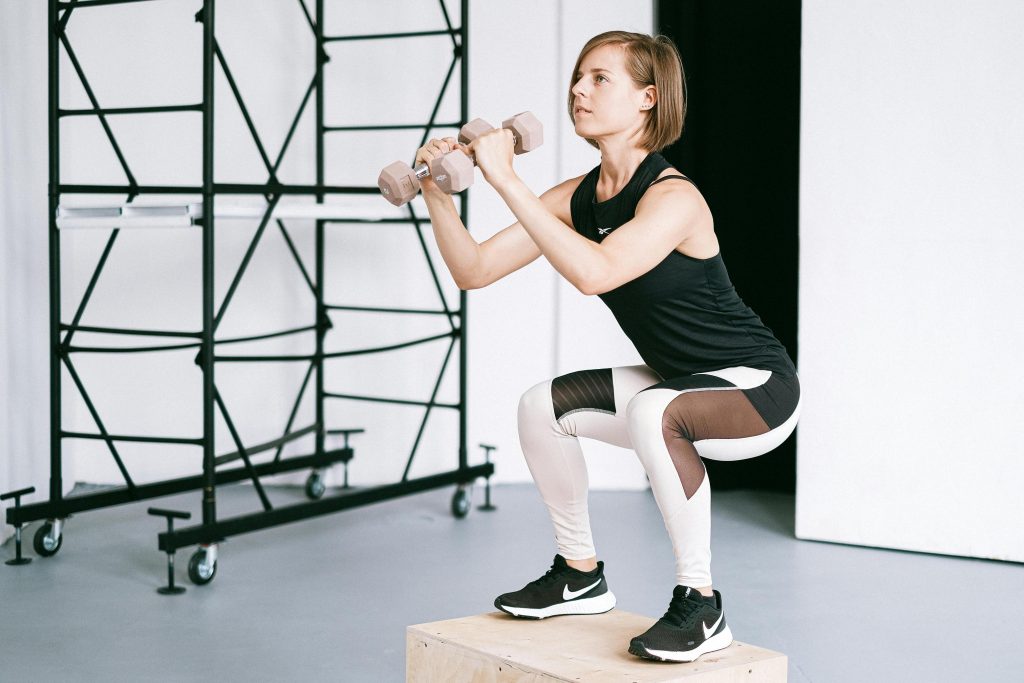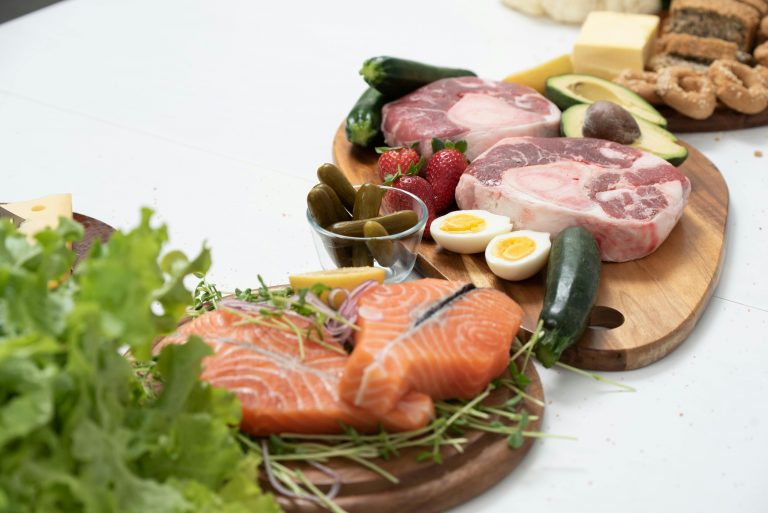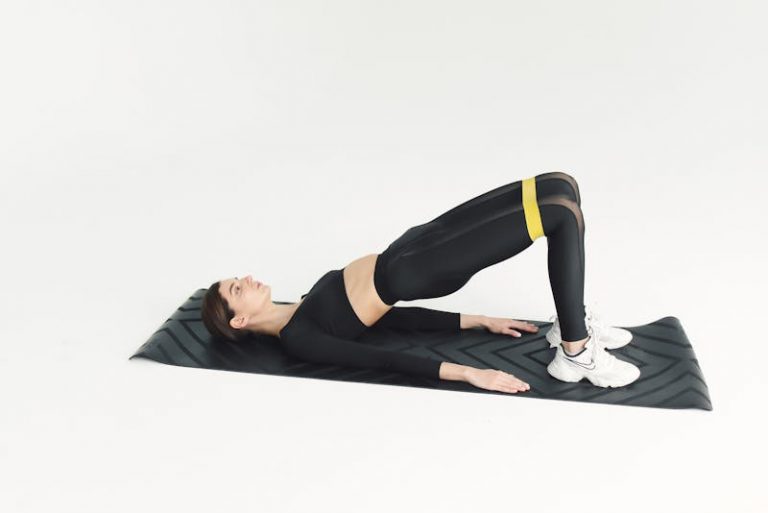
If you’re looking to grow your glutes, whether for aesthetic reasons, strength, or overall fitness, you’re in the right place. Growing glutes requires a combination of the right exercises, proper nutrition, and consistency. The glute muscles, including the gluteus maximus, gluteus medius, and gluteus minimus, play a crucial role in your body’s strength and posture. In this article, we’ll break down how to grow your glutes effectively, focusing on the best exercises, tips, and tricks to help you build bigger, stronger glutes.
Understanding the Glutes
The glutes are made up of three muscles:
- Gluteus Maximus: The largest muscle, responsible for the shape and size of your butt.
- Gluteus Medius: Located on the side of your hip, this muscle helps with stability and movement.
- Gluteus Minimus: The smallest of the three, it works alongside the medius to provide stability.
These muscles are crucial for everyday movements like walking, climbing stairs, and squatting. Strengthening them not only improves your posture and balance but also helps prevent injuries. Now that we know the importance of glutes, let’s look at the best ways to grow them.
Key Factors for Growing Glutes

Before diving into specific exercises, let’s talk about the three key factors that contribute to glute growth: exercise, nutrition, and recovery.
1. Exercise: The Right Movements for Glute Growth
To effectively grow your glutes, it’s crucial to target them with the right exercises. Some exercises focus primarily on the glutes, while others engage muscles like the legs, lower back, and core, which support the development of the glutes indirectly. By incorporating a variety of glute-targeting movements into your workout routine, you can build stronger, more defined glutes. The exercises listed below should form the core of your glute-building workout routine, ensuring you engage all areas of the glutes while preventing plateauing.
a) Squats
Squats are considered one of the best exercises for glute growth. The squat movement works several muscle groups, including the gluteus maximus, hamstrings, quadriceps, and core. It’s a compound exercise that engages both the lower body and core, providing a strong foundation for glute development. There are many variations of squats, each offering a unique challenge and helping you target different parts of the glutes.
- Bodyweight Squats: These are an excellent option for beginners or those looking to perfect their squat form before adding weight. Bodyweight squats activate the glutes, hamstrings, and quads and are a great way to get your body used to the squat movement.
- Barbell Squats: Adding a barbell increases the resistance and intensity, making it a highly effective exercise for glute growth. The added weight forces the glutes to work harder during the upward phase of the squat. Make sure to keep your core tight and your back straight while performing barbell squats to ensure proper form.
- Goblet Squats: This variation involves holding a dumbbell or kettlebell at chest height while squatting. The added weight not only challenges your glutes more but also engages your upper body muscles, such as the shoulders and arms. Goblet squats are an excellent alternative if you’re unable to use a barbell.
b) Deadlifts
Deadlifts are another incredibly effective exercise for targeting the glutes, hamstrings, and lower back. This movement is excellent for developing overall lower-body strength and engaging the glutes to a greater extent than many other exercises. Deadlifts focus on hip hinge movements, which emphasize the posterior chain, especially the glutes and hamstrings.
- Conventional Deadlifts: This is the standard deadlift variation that engages the glutes, lower back, and hamstrings. To perform the conventional deadlift, keep your feet shoulder-width apart, your back straight, and your core tight. Bend at the hips and knees to grip the barbell, then stand tall by pushing through your heels. The key is to keep your chest up and your spine neutral to avoid injury.
- Sumo Deadlifts: The sumo deadlift variation involves a wider stance, with your feet placed further apart and your toes pointed outward. This position places more emphasis on the glutes and inner thighs, making it a great option for targeting different areas of the glutes. Like the conventional deadlift, it’s important to maintain proper form to avoid straining your back or knees.
c) Hip Thrusts
Hip thrusts are often regarded as one of the most effective exercises for glute activation and growth. Unlike squats and deadlifts, hip thrusts specifically isolate the glutes, allowing for maximum muscle engagement. This exercise targets the gluteus maximus directly, helping to build size and strength in the glutes.
- Barbell Hip Thrusts: For added resistance, perform hip thrusts with a barbell placed across your hips. Position your upper back on a bench, with your feet flat on the ground and knees bent at a 90-degree angle. Push through your heels to lift your hips until your body forms a straight line from your shoulders to your knees. Lower your hips back down and repeat the movement.
- Bodyweight Hip Thrusts: If you’re a beginner or don’t have access to weights, you can perform hip thrusts using just your body weight. Simply use your own body to drive the movement, squeezing your glutes at the top of the thrust. Although bodyweight hip thrusts are less challenging than barbell hip thrusts, they still provide great glute activation, especially if done for higher repetitions.
d) Lunges
Lunges are an excellent unilateral exercise that targets the glutes, quads, and hamstrings. In addition to building glute strength, lunges also improve balance, coordination, and flexibility, making them a well-rounded exercise for glute growth. Lunges can be performed with just bodyweight or with added resistance for more intensity.
- Walking Lunges: Walking lunges involve stepping forward into each lunge and alternating legs as you move across the floor. This variation helps develop coordination and balance, in addition to engaging the glutes. Keep your torso upright and your core engaged as you step forward, ensuring that your knee does not extend beyond your toes.
- Reverse Lunges: Reverse lunges involve stepping backward into a lunge position, which places more emphasis on the glutes compared to walking lunges. This variation is often gentler on the knees, making it a great alternative for those with knee concerns. Reverse lunges also target the glutes, hamstrings, and quads, while improving stability and control.
e) Step-Ups
Step-ups are a simple but highly effective glute exercise. This movement primarily targets the gluteus maximus and the quadriceps, but it also works the hamstrings and calves. Step-ups are performed by stepping onto an elevated surface, such as a bench or step, and then stepping down. They can be done with body weight or with additional resistance to increase intensity.
- Weighted Step-Ups: To make the exercise more challenging, hold dumbbells or a barbell while performing step-ups. This increases the intensity and engages your glutes even more. Choose an elevated surface that challenges your legs but allows you to perform the movement safely. Step-ups with added weight not only work the glutes but also help improve balance and leg strength.
- Bodyweight Step-Ups: If you’re a beginner or new to the movement, start with bodyweight step-ups. Focus on using a slow, controlled movement as you step up onto the elevated surface, squeezing your glutes at the top. This variation is great for developing proper form before progressing to weighted step-ups.
Combining Exercises for Maximum Glute Growth
To maximize your glute growth, it’s essential to combine different exercises that target all areas of the glutes. Compound movements like squats and deadlifts should form the foundation of your routine, as they engage multiple muscle groups and allow you to use heavier weights. Hip thrusts and lunges are excellent for isolating the glutes, helping you to achieve maximum glute activation. Step-ups, on the other hand, provide a functional movement that mimics real-life activities, which can improve overall glute strength and endurance.
By incorporating a mix of these exercises into your workout, you can ensure balanced development of the glutes, targeting the gluteus maximus, medius, and minimus. Additionally, always remember to progressively overload your exercises by increasing weight, reps, or sets to continue challenging your muscles and promoting growth.
2. Nutrition: Fueling Glute Growth
Building bigger glutes is not only about working out—it’s also about feeding your body the nutrients it needs to grow. Proper nutrition plays a critical role in muscle growth and recovery.
a) Protein
Protein is essential for muscle repair and growth. After your glute workout, your muscles need protein to recover and rebuild. Aim for around 1.2 to 2 grams of protein per kilogram of body weight. Good sources include:
- Chicken, turkey, or lean beef
Fish, like salmon or tuna - Eggs
Legumes, like beans and lentils
Tofu and tempeh for vegetarians
b) Carbohydrates
Carbs provide the energy needed for intense workouts. Without enough carbs, your body may break down muscle tissue for energy. Opt for complex carbohydrates, which provide sustained energy:
- Brown rice, quinoa, and oats
Whole wheat bread and pasta - Sweet potatoes and vegetables
c) Healthy Fats
Healthy fats support hormone production, including testosterone, which is essential for muscle growth:
- Avocados
- Nuts and seeds
- Olive oil and coconut oil
d) Caloric Surplus
To gain muscle, you generally need to eat more calories than you burn. This caloric surplus provides your body with the extra energy it needs to build muscle. However, it’s important to avoid excess weight gain by ensuring your surplus is moderate.
3. Recovery: Rest and Muscle Repair
Muscles grow when they are allowed to repair after being broken down in a workout. That’s why recovery is just as important as exercise and nutrition.
a) Rest Days
Make sure to take rest days to allow your muscles time to recover. Overtraining can hinder muscle growth and increase the risk of injury. Aim for at least one or two rest days per week.
b) Sleep
Getting enough sleep is essential for muscle recovery. Aim for 7-9 hours of sleep each night to optimize muscle growth and overall health.
c) Stretching and Foam Rolling
Stretching and foam rolling help improve flexibility and reduce muscle tightness. Incorporating these into your recovery routine can enhance mobility and decrease soreness.
How to Progressively Overload Your Glutes
To continue growing your glutes, it’s important to progressively overload your muscles. This means gradually increasing the intensity of your exercises over time. Here are a few ways to do that:
- Increase weight: Gradually add more weight to your squats, deadlifts, and hip thrusts.
- Increase reps and sets: Add more repetitions or sets to your workout as your body adapts to your current routine.
- Change the exercise variation: Switch up your exercises to target different parts of the glutes and prevent plateaus.
How Often Should You Train Your Glutes?

To build bigger glutes, aim to train your glutes 2 to 3 times per week. Ensure you give your muscles enough time to recover between workouts. You can target the glutes directly with compound movements (like squats and deadlifts) or incorporate glute exercises into full-body workouts.
Tips for Maximizing Glute Growth
- Focus on form: Proper form is essential for preventing injury and ensuring that your glutes are properly engaged.
- Activate your glutes: Before starting your workout, try some glute activation exercises, such as glute bridges or bodyweight squats. This helps ensure that your glutes are properly engaged during your workout.
- Don’t neglect other muscles: While you’re focused on growing your glutes, don’t forget about your legs, lower back, and core. A strong foundation supports glute growth and improves your overall strength.
Conclusion
Growing your glutes takes time, patience, and consistency. By incorporating the right exercises, fueling your body with proper nutrition, and allowing for sufficient recovery, you can build bigger and stronger glutes. Remember, everyone’s body is different, so don’t get discouraged if progress seems slow. Stay dedicated to your workouts, eat well, and get plenty of rest, and you’ll start to see the results you want.
Final Tips for Growing Glutes:
- Stick to a structured routine, progressively overload your exercises, and be patient with the process.
Focus on form and activation, as these will help you maximize your glute growth.
Ensure you’re eating the right nutrients to fuel muscle growth and recovery.
With consistency and effort, you’ll be well on your way to building the strong, toned glutes you desire.





